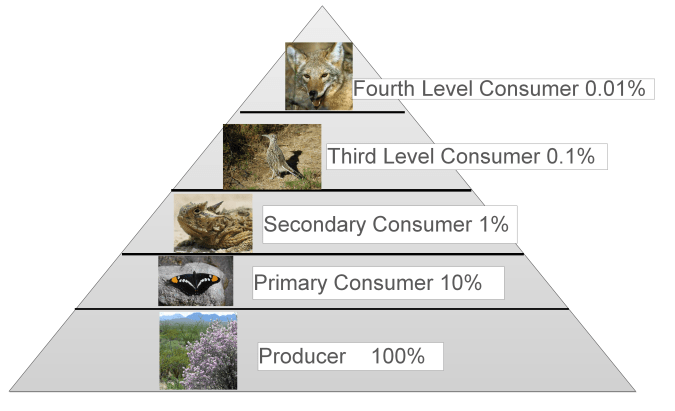
A natural gas well in Hamilton, Pennsylvania. Source: triplepundit.com
Last spring the U.S. Energy Information Agency (EIA) predicted that natural gas would generate more power in 2016 than coal, and now that natural gas has taken that lead, it is under close scrutiny as a “cleaner” alternative to coal. From the EIA’s latest Short-Term Energy Outlook, natural gas also beat out coal for carbon dioxide emissions from power generation.
“Energy-associated carbon dioxide (CO2) emissions from natural gas are expected to surpass those from coal for the first time since 1972. Even though natural gas is less carbon-intensive than coal, increases in natural gas consumption and decreases in coal consumption in the past decade have resulted in natural gas-related CO2 emissions surpassing those from coal.”
And the agency isn’t talking in fractions of a percentage point, either. EIA puts the emissions figure for natural gas at 10 percent greater than coal for 2016.










